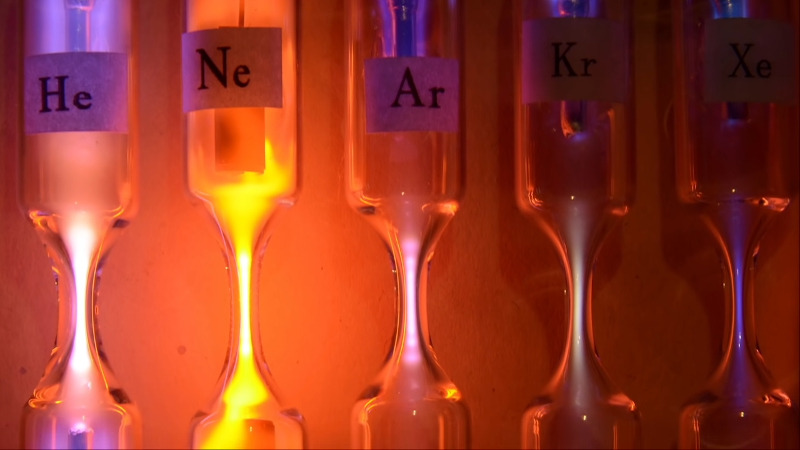
We always enjoy history videos from [The History Guy] but they don’t always cover technology history. When they do, though, we enjoy them twice as much as with the recent video he posted on the history of neon signs. Of course, as he points out, many neon lights don’t have actual neon in them — they use various noble gasses depending on the color you want. Sure, some have neon, but the name has stuck.
The back part of the video is more about the signs themselves, but the early portion talks about [William Ramsay], a Scot chemist who started extracting component gasses out of the atmosphere. The first one found was argon and then helium. Krypton and neon were not far behind. The other noble gas, Xenon, also fell to his experiments. He and another scientist won the Nobel for this work.
[The History Guy] also mentions Geissler tubes, a name we’ve only read in old radio books before. It is interesting that just about all vacuum and gas-filled tubes evolved from that technology. After all, a neon light is really a type of gas-filled tube and so is a common neon bulb.
Commercialization of neon bulbs had to wait for [Georges Claude] to learn how to liquefy air efficiently. He formed a company you may have heard of: Air Liquide which competed with [Carl von Linde’s] earlier system for producing atmospheric gasses and the Linde company that you’ve also probably heard of if you buy any sort of industrial gasses. Of course, access to high voltage was also a requirement.
Oddly enough, [Claude] didn’t think of using them for eye-catching signs. He wanted to use them as a form of artificial illumination. It was an associate, [Jaques Fonseque] who saw the possibility of using the electric lights to create advertising signs. In 1913 a Cinzano sign appeared in Paris and by 1919, the entrance to the Paris Opera had neon tube lighting.
Commercial use of neon light is far less common than it used to be. However, neon light as art is making something of a comeback, something that happens periodically. If you want to make your own replica with no glass blowing, try EL wire. We’ve seen quite a few faux neon projects and they look great.
No comments:
Post a Comment